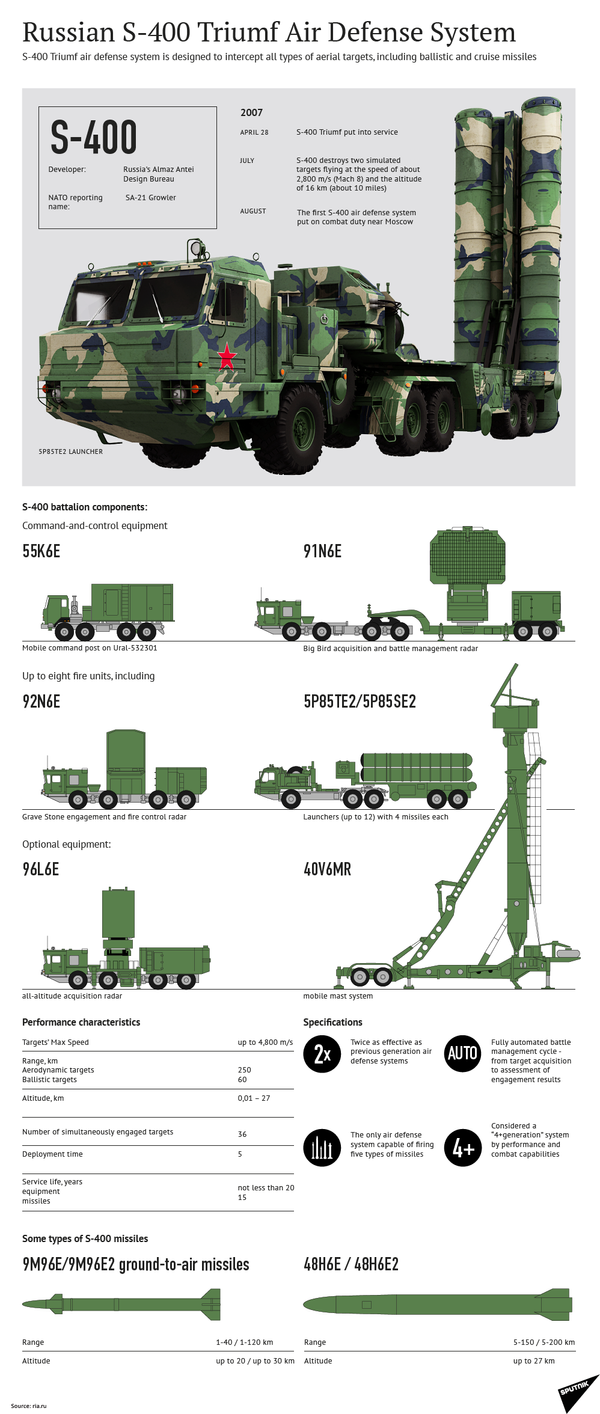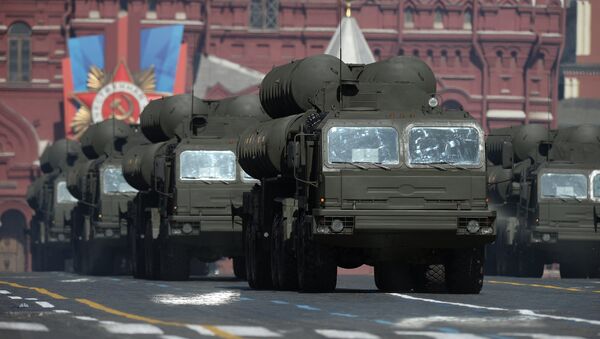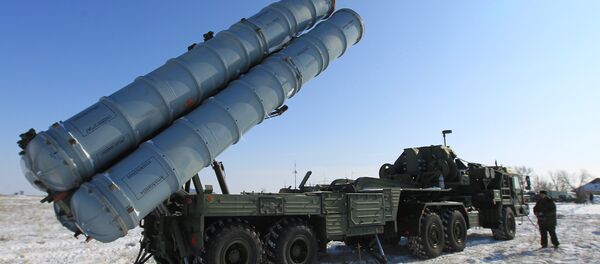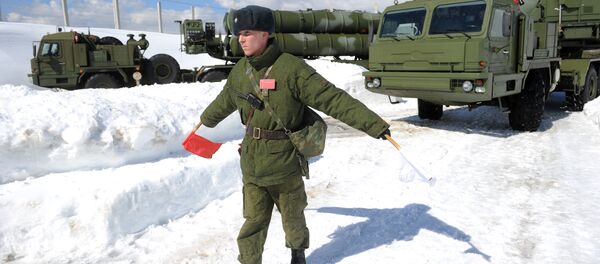In 2013, 'Aviation Equipment' (AE) Holdings was granted the design documentation for the vehicle; its updated design underwent successful inter-ministerial tests in the summer of 2014. Beginning this year, the new, improved, and less expensive vehicle will begin to fill the ranks of Russia's air defense forces. The vehicle is being built at the 'START' Scientific and Production Enterprise Named After A. Yaskin, one of AE's holdings.
The new design's lower cost was made possible in part thanks to cheaper component prices and lower transportation costs at START compared to the Bryansk Automotive Plant (BAP), where the old design of the vehicle had been produced.
More than any other factor, however, Expert notes that the reduction in cost is the result of the Defense Ministry's decision to bypass a chain of mediators and middlemen composed of former bureaucrats within the Ministry.
"This was preceded by a long struggle between current and former Defense Ministry officials, [the latter] serving as shareholders in BAP," a source familiar with defense enterprises told Expert. "Earlier, this vehicle was often delivered after great delays," periodically resulting the inability to fulfill defense orders on time. The vehicle "cost a great deal more, since it was delivered from the factory via BAP's intermediaries, behind whom stand high former officials of the Defense Ministry. The current officials are fed up with this, and are pushing START to produce a new, cheaper model of the transport vehicle."
Ruslan Pukhov of the Center for Analysis of Strategy and Technologies notes that "this is a typical problem for the Russian military-industrial complex, where former officials and even generals become intermediaries for enterprises." Pukhov notes that "recently, the Ministry of Defense has begun to fight this form of cronyism, and the example set by START can be considered one of the first signs in this battle." The analyst noted that "if these invisible intermediaries were to be removed [across the board], the Russian budget could save up to 10 percent simply on weapons production. And this is not mentioning the fact that our weapons systems would gain an increased competitive advantage for export as a result of lower prices."






